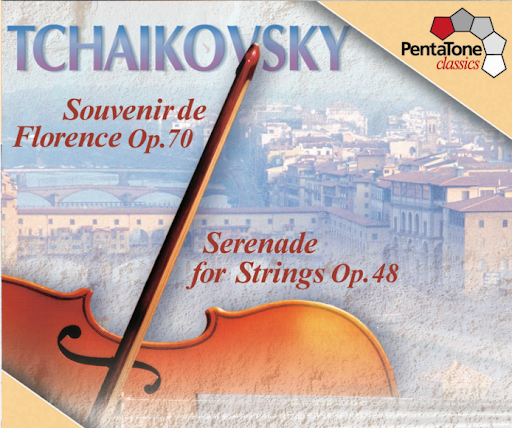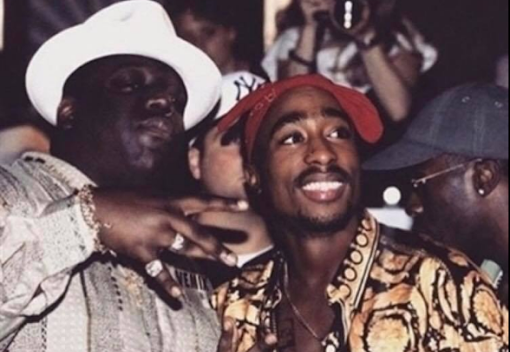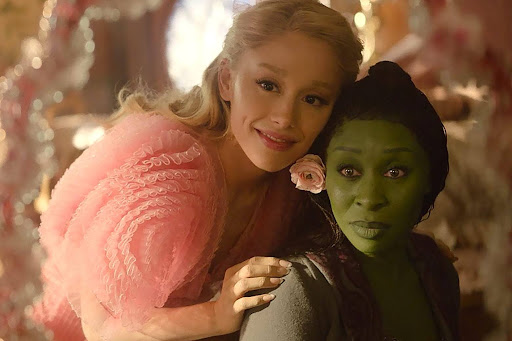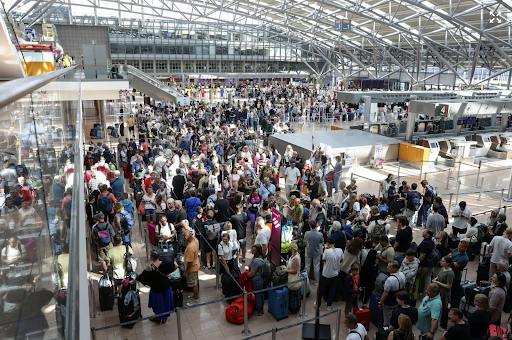How Hadestown Takes Advantage of Its Medium to Make You Cry
It’s a sad song
It’s a sad tale
It’s a tragedy.
Hadestown is a folk-opera retelling of the tragedy of Orpheus and Euridice and it’s ridiculously compelling. Even weeks after experiencing the show, hearing the music melts my shoulders and tenses my neck. The myth has gone through many iterations, and Hadestown is absolutely in dialogue with the story’s legacy, while also bringing new ways for the narrative to connect to its audience. The meta-aspects of Hadestown are what give the musical its uniquely gut-wrenching effectiveness.
The show begins by directly addressing the audience, immediately inviting them to a heightened level of participation and investment in the story. A theater’s fourth-wall interactivity gives plays more intimacy with the audience, which Hadestown takes full advantage of. Hadestown makes the audience aware that they’re watching a play, rather than trying to create a “believable” story. The first act is set in a tavern, whose patrons make up the show’s ensemble, inviting the audience to sit at the bar and enjoy the story. The orchestra sits around the actors on stage. At one point, the trombone player even got down and danced with the ensemble. By including the audience, Hadestown removes the barriers between the story and audience. It may be a less realistic way of telling the story, but it is more real to the audience. You met Orpheus and Euridice just the other day at the tavern. They were really nice. You sure hope nothing bad happens to them…
It would be a crime for me not to elaborate on the set. The tavern is the main set and it effectively draws the audience into the story, but as the show goes on, aspects of the underworld peek through. Hadestown is marked by metallic structures and, especially, bright lights, which highlight the conflict between the natural sunlight of Persephone’s spring and Hades’ harsh, artificial, dominating lights, and are also just really cool and literally stunning. I simply cannot do the Wait for Me sequence justice. The set grows and morphs before your eyes. And the hanging lights? The turntable?? Even if you hated every character, the show would still be worth seeing for its technical aspects.
Ultimately, though, I think what separates Hadestown from other Orpheus and Euridice adaptations is its hope. You probably know how it ends. In Hadestown, Orpheus’ turn is even worse than the traditional myth because of how the show pulls its audience in, and because of Orpheus’ arc. The Orpheus from the beginning of the show would never have hesitated. He would have trusted Euridice, but the fear he learns from Hades, trying to save her is exactly what makes his quest impossible. It’s so awful. Why would anyone want to go see that story play out?
That is precisely the question Hadestown asks.
Doubt is not the ending of the show. Hope is. The show starts over again – a poor boy works on a song, a young girl wanders in from the cold, the actors continue to sing. Maybe it will turn out this time.
Despite inevitable tragedy and unbearable suffering, humanity continues to sing, and to love, and to hope. We continue to allow ourselves to root for doomed lovers. We give ourselves over to venerability. We let our hearts break over, and over again, because it’s enough to hope, to see the way the world could be, in spite of what it is. The true end of Hadestown is a toast to those who, like Orpheus, dare to hope despite the risk of pain.
It’s a sad song
But we sing it anyway
‘Cause here’s the thing
To know how it ends
And still begin to sing it again
As if it might turn out this time
By Lucy DeMeo ’24, Arts and Entertainment Editor
24ldemeo@montroseschool.org











